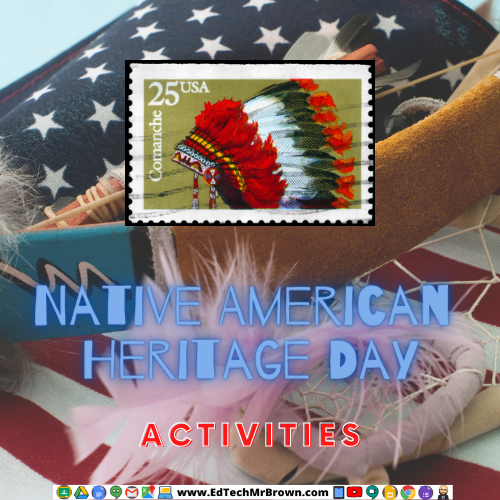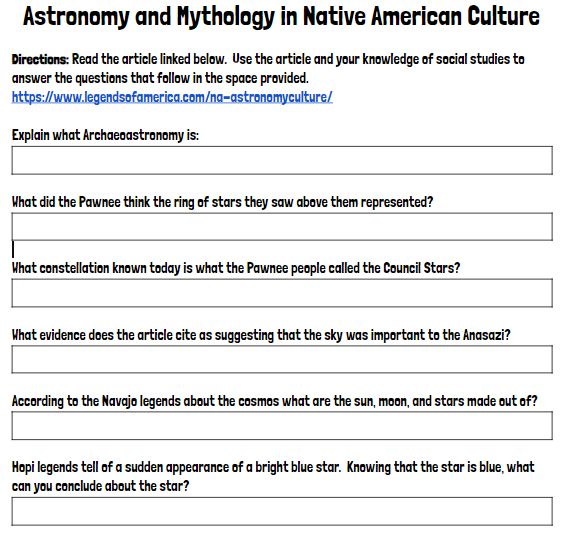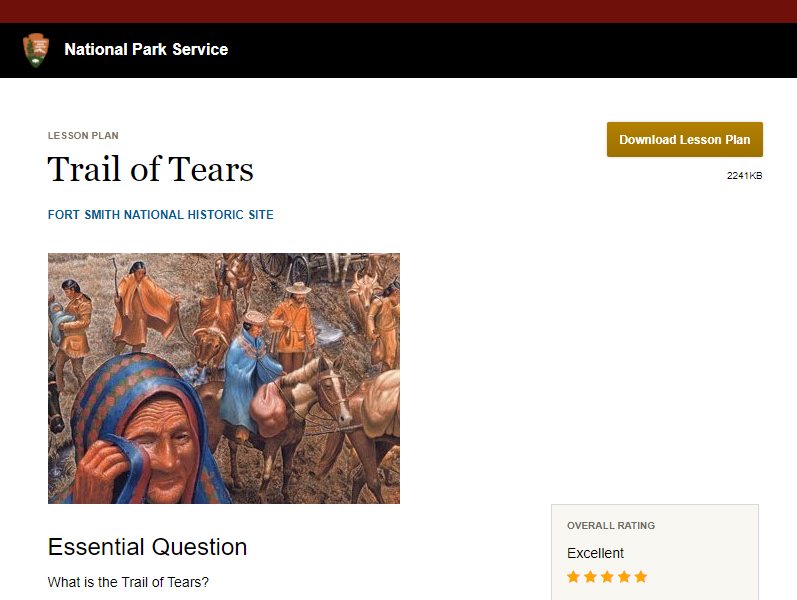
Native American Heritage Day is a good opportunity to learn about other cultures and reinforce TEKS. There are quite a few TEKS that cover native American tribes, economics, beliefs, government, and more. TEKS from not just social studies but also fine arts and science.
ASTR.4A Research and describe the use of astronomy in ancient civilizations such as the Egyptians, Mayans, Aztecs, Europeans, and the native Americans.
FA.M.4.b.5A perform a varied repertoire of songs, movement, and musical games representative of diverse cultures such as historical folk songs of Texas and Hispanic and American Indian cultures in Texas.
TXH4.1 The student understands the origins, similarities, and differences of American Indian groups in Texas before European exploration. The student is expected to:
TXH 4.1A Explain the possible origins of American Indian groups in Texas.
TXH4.1B Identify and compare the ways of life of American Indian groups in Texas before European exploration such as the Lipan Apaches, Karankawas, Caddos, and Jumanos.
TXH4.1C Describe the cultural regions in which American Indians lived such as Gulf, Plains, Puebloan, and Southeastern.
TXH 4.1D Locate American Indian groups remaining in Texas such as the Ysleta Del Sur Pueblo, Alabama-Coushatta, and Kickapoo.
TXH 4.3D Describe the successes, problems, and organizations of the Republic of Texas such as the establishment of a constitution, economic struggles, relations with American Indians, and the Texas Rangers.
TXH 4.4D Explain the effects on American Indian life brought about by the Red River War, building of U.S. forts and railroads, and loss of buffalo.
TXH4.9A Explain the economic activities various early American Indian groups in Texas used to meet their needs and wants such as farming, trading, and hunting.
TXH 4.12A Compare how various American Indian groups such as the Caddo and the Comanche governed themselves.
USH5.2A Analyze the causes and effects of events prior to and during the American Revolution including the taxation resulting from the French and Indian War and the colonist response to taxation such as the Boston Tea Party.
USH5.4F Identify the challenges, opportunities, and contributions of people from various American Indian and immigrant groups such as the settlement of the frontier and building of the Transcontinental Railroad.
TXH7.2A Compare the cultures of American Indians in Texas prior to European colonization such as Gulf, Plains, Puebloan, and Southeastern.
TXH7.6A Identify significant individuals, events, and issues, including the factors leading to the expansion of the Texas frontier, the effects of westward expansion on American Indians, the buffalo soldiers, and Quanah Parker.
USH8.4A Analyze causes of the American Revolution, including the Proclamation of 1763, the Intolerable Acts, the Stamp Act, mercantilism, lack of representation in Parliament, and British economic policies following the French and Indian War.
USH8.5G Analyze the reasons for the removal and resettlement of Cherokee Indians during the Jacksonian era, including the Indian Removal Act, Worcester v. Georgia, and the Trail of Tears.
WH.15B Analyze the influence of human and physical geographic factors on major events in world history such as the development of river valley civilizations, trade in the Indian Ocean, and the opening of the Panama and Suez canals.
US.3A Analyze political issues such as Indian policies, the growth of political machines, and civil service reform.
US.9C Describe the roles of political organizations that promote African American, Chicano, American Indian, and women’s civil rights.
US.22B Evaluate various means of achieving equality of political rights, including the 19th, 24th, and 26th amendments and congressional acts such as the American Indian Citizenship Act of 1924.
US.25B Describe the Americanization movement to assimilate immigrants and American Indians into American culture.
SOC.11D Analyze the varying treatment patterns of minority groups such as African American, Asian American, Hispanic American, and American Indian.
Here is an activity about the connections between Mythology and Astronomy in Native American cultures.
Here is an Edpuzzle activity about Comanche music.
An interesting reading article for secondary in Google Docs which could be pushed out through Google Classroom. You could follow this with a class discussion or a writing activity.
Here is an lesson set from the National Parks Service about the Trail of Tears
Learn about traditions of the Caddo tribe from a Caddo girl named Olivia.

Learn about the Tigua Tribe.
Learn about the Caddo tribe.
Learn about the Kickapoo tribe.



